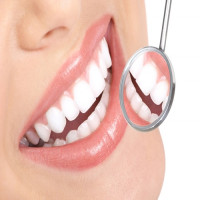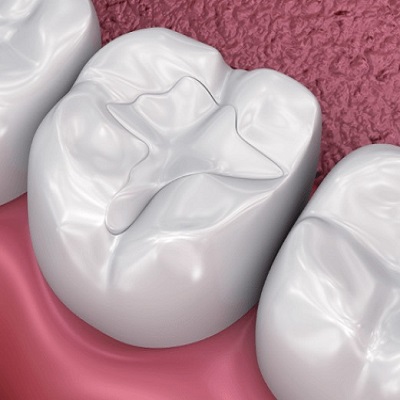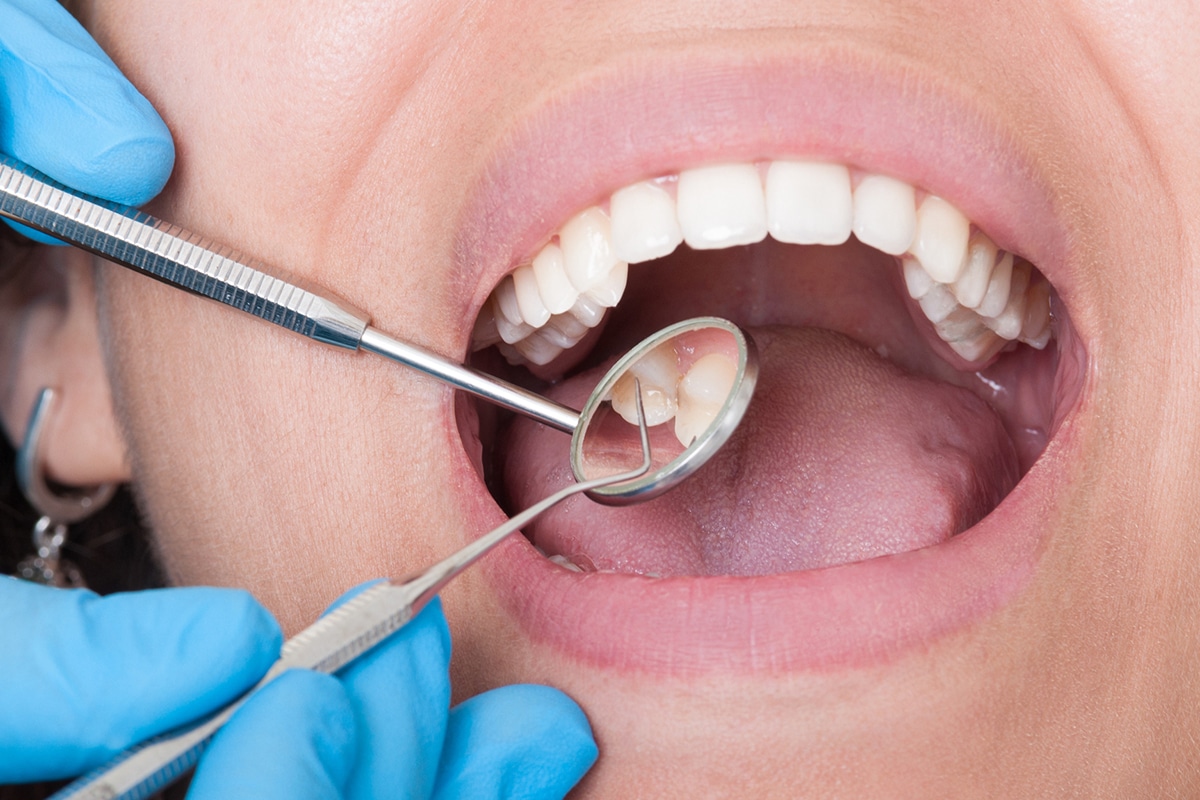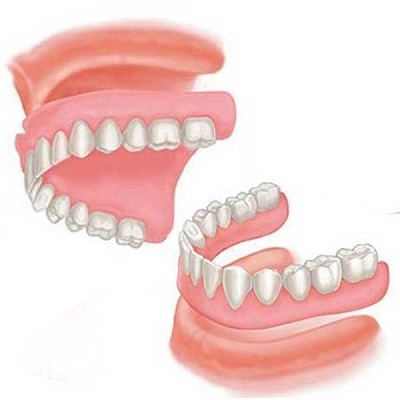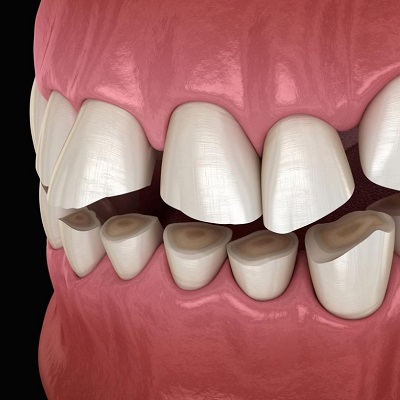Dental Retainers: How They Help Maintain Your Perfect Smile
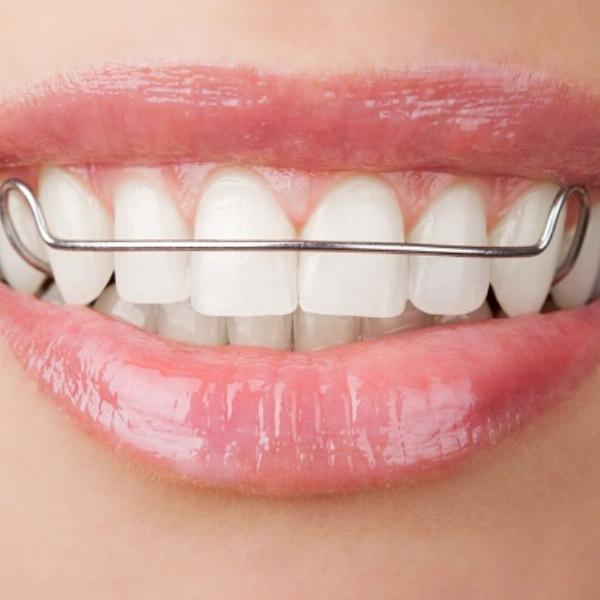
Strong 8k brings an ultra-HD IPTV experience to your living room and your pocket.
Best Dental Retainers play a crucial role in preserving the results of orthodontic treatments like braces or aligners. After investing time and resources into achieving a perfect smile, it’s essential to ensure that your teeth remain in their newly aligned positions. Retainers are the key to maintaining that ideal alignment and preventing teeth from shifting back to their original places. In this article, we’ll explore how dental retainers help maintain your perfect smile and why they’re an essential part of post-orthodontic care.
Why Retainers Are Necessary:
Once your braces are removed or you finish using aligners, your teeth aren’t fully settled in their new positions. The tissues and bone surrounding your teeth need time to adjust and stabilize. Without a retainer, there’s a risk that your teeth could gradually move back to their original alignment, undoing all the hard work of your orthodontic treatment. Retainers provide the necessary support to keep your teeth in place during this critical period.
How Retainers Work:
Retainers work by applying gentle pressure to your teeth, ensuring they stay in their correct positions. Depending on your orthodontist’s recommendation, you might need to wear your retainer full-time initially and then transition to nighttime wear. This helps your teeth gradually stabilize and allows the surrounding bone and tissues to adapt to the new alignment.
Types of Dental Retainers:
There are three main types of retainers, each offering different benefits depending on your needs:
Hawley Retainers:
Functionality: Made of a combination of metal wires and acrylic, Hawley retainers are adjustable and durable. They’re designed to be worn on the roof of your mouth (upper jaw) or along the inside of your teeth (lower jaw), with metal wires wrapping around your teeth to hold them in place.
Benefits: They can be adjusted if minor movements of your teeth are needed over time.
Clear Plastic Retainers (Essix Retainers):
Functionality: These are made from a clear plastic material and fit snugly over your teeth, similar to aligners.
Benefits: They’re virtually invisible, making them an attractive option for those concerned about aesthetics. They’re also lightweight and less likely to affect speech.
Fixed Retainers:
Functionality: A fixed retainer consists of a thin wire bonded to the back of your front teeth, providing permanent retention.
Benefits: Ideal for those who might forget to wear a removable retainer, as they’re always in place. They’re particularly effective for maintaining the alignment of the lower front teeth.
The Benefits of Wearing a Retainer:
Wearing a retainer is more than just a precaution; it’s a necessary step to ensure long-term success after orthodontic treatment. Here’s how retainers help maintain your perfect smile:
Prevents Teeth from Shifting:
Retainers keep your teeth in their new positions, preventing them from moving back to their previous, misaligned state. This is especially important during the first few months after treatment when your teeth are most likely to shift.
Ensures Long-Term Stability:
By wearing a retainer as prescribed, you give your teeth the time they need to stabilize in their new positions. This long-term stability is crucial for maintaining the results of your orthodontic treatment.
Supports Proper Bite Alignment:
Retainers help maintain not just the straightness of your teeth, but also the overall alignment of your bite. This is essential for proper jaw function and can prevent issues such as TMJ (temporomandibular joint) disorders.
Protects Your Investment:
Orthodontic treatment is a significant investment in your oral health and appearance. Wearing a retainer protects that investment by ensuring that your teeth remain perfectly aligned.
Improves Oral Health:
Well-aligned teeth are easier to clean, which can reduce the risk of cavities and gum disease. A retainer helps you maintain that alignment, contributing to better long-term oral health.
Caring for Your Retainer:
To maximize the benefits of your retainer, it’s essential to care for it properly. Here are some tips:
Daily Cleaning:
Clean your retainer daily to prevent plaque buildup. For removable retainers, use a soft toothbrush and mild soap or a retainer cleaning solution. Avoid using toothpaste on clear plastic retainers, as it can scratch the surface.
Proper Storage:
When not in use, store your removable retainer in its case to protect it from damage. Avoid placing it in hot environments, as heat can warp the material.
Handling with Care:
Always use both hands to insert or remove your retainer to avoid bending or breaking it. Never try to force it into place by biting down.
Regular Check-Ups:
Visit your orthodontist regularly to ensure that your retainer is in good condition and that your teeth remain properly aligned. If your retainer becomes damaged or uncomfortable, contact your orthodontist for a replacement or adjustment.
FAQs about Dental Retainers:
Q1: How long should I wear my retainer?
A: Typically, you’ll need to wear your retainer full-time for the first few months after your orthodontic treatment, followed by nighttime wear indefinitely. Your orthodontist will give you specific instructions based on your case.
Q2: Can I eat with my retainer on?
A: It’s best to remove your removable retainer before eating to prevent damage and keep it clean. Fixed retainers don’t interfere with eating, but you should avoid hard or sticky foods that could dislodge the wire.
Q3: What happens if I lose or break my retainer?
A: Contact your orthodontist immediately if you lose or break your retainer. They will guide you on the next steps, which may include getting a replacement to avoid tooth movement.
Q4: Will my retainer affect my speech?
A: You may experience minor speech changes when you first start wearing a retainer, but this usually resolves within a few days as you get used to it.
Q5: How often should I replace my retainer?
A: The lifespan of a retainer depends on the type and how well you care for it. Clear plastic retainers may need to be replaced every 1-2 years, while Hawley and fixed retainers can last longer.
Conclusion:
Dental retainers are an indispensable part of maintaining your perfect smile after orthodontic treatment. By keeping your teeth in their new, ideal positions, retainers ensure that your investment in your smile lasts a lifetime. Proper care and consistent wear of your retainer will help you enjoy the benefits of straight, beautiful teeth for years to come.
Note: IndiBlogHub features both user-submitted and editorial content. We do not verify third-party contributions. Read our Disclaimer and Privacy Policyfor details.

